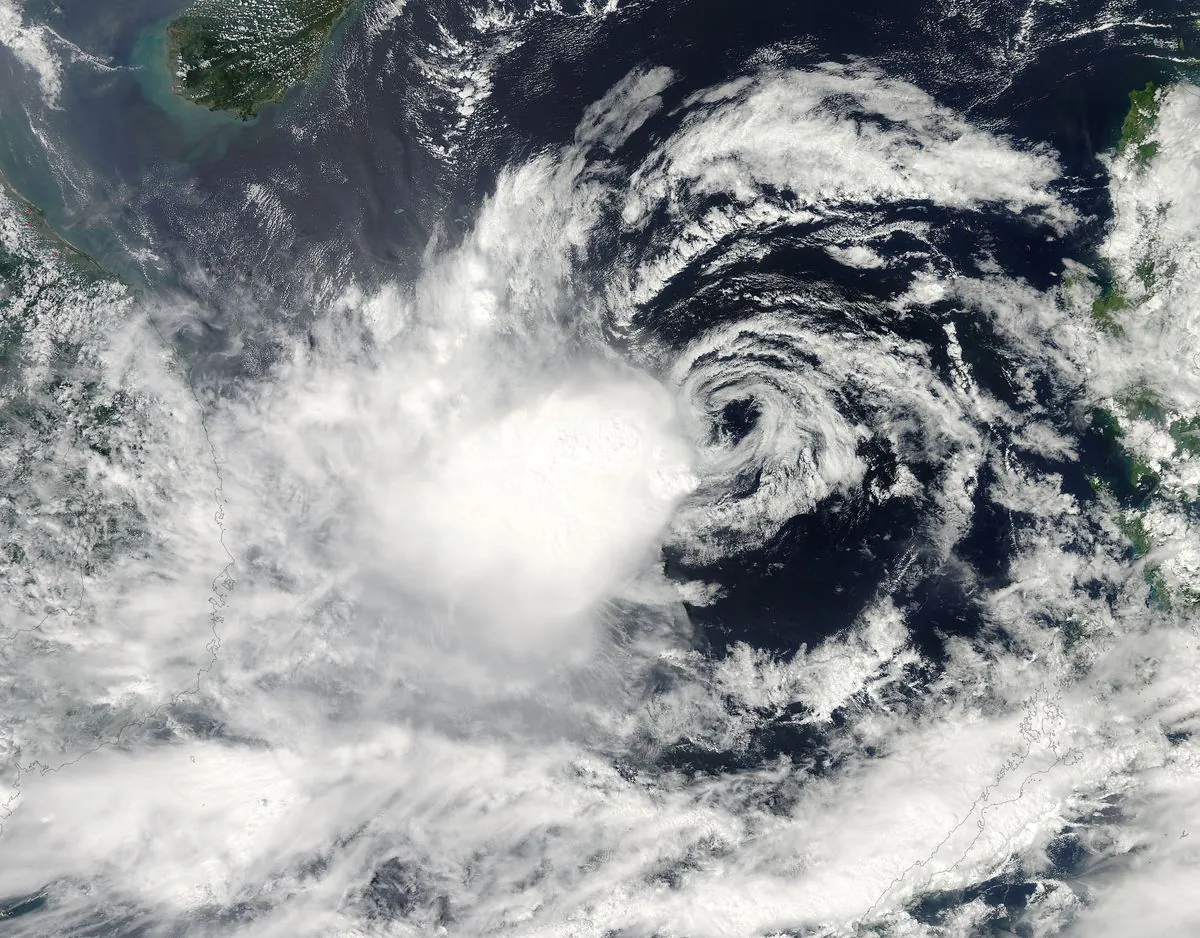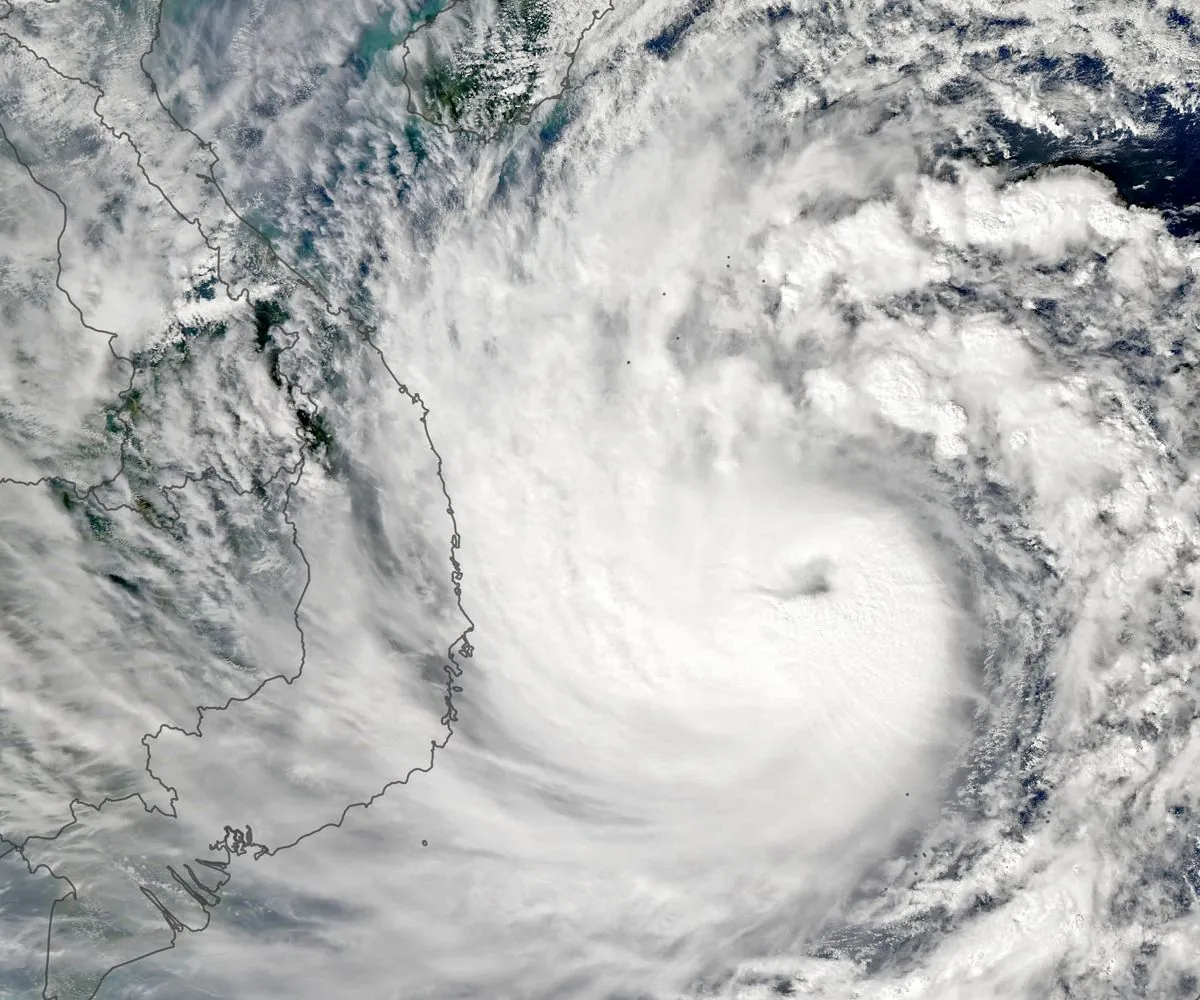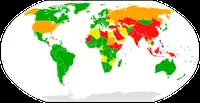New Tropical Storm Threatens Central Vietnam After Recent Typhoon
Central Vietnam braces for a tropical storm, expected to bring heavy rains and potential floods. This comes shortly after Typhoon Yagi caused significant damage in the north of the country.

Central Vietnam is preparing for the arrival of a tropical storm, designated as Storm No.4, which is expected to make landfall on September 21, 2024. This weather event follows closely on the heels of Typhoon Yagi, which recently caused substantial damage in the northern regions of the country.
The Vietnamese government's weather agency reports that Storm No.4 is projected to hit the coastal areas from Quang Tri to Quang Nam province. Wind speeds are anticipated to reach up to 102 kilometers per hour. The storm is forecasted to bring significant precipitation, with rainfall amounts ranging from 100 to 300 millimeters expected between September 21 and 22, 2024.

Danang, Vietnam's third-largest city and a popular tourist destination, is among the areas likely to be affected by the incoming storm. The Central Highlands region, which produces approximately 80% of Vietnam's coffee and is crucial to the country's status as the world's second-largest coffee exporter, is also expected to experience heavy rainfall.
This new weather threat comes at a time when Vietnam is still recovering from the impact of Typhoon Yagi. The typhoon, which made landfall around September 5, 2024, resulted in over 290 fatalities and caused property damage estimated at $1.6 billion. It was reported to be the most powerful storm to hit Asia this year.
Vietnam's vulnerability to such weather events is partly due to its extensive coastline, which stretches over 3,260 kilometers. The country typically experiences 4-6 typhoons annually, primarily during its rainy season from May to October. This frequency of severe weather events has led Vietnam to implement a national strategy for natural disaster prevention and control, and the country has made significant improvements in its weather forecasting capabilities in recent years.
The agricultural sector, which accounts for about 14% of Vietnam's GDP, is particularly susceptible to these weather events. However, the country's economy has demonstrated resilience to natural disasters over the past decade.
As Storm No.4 approaches, authorities are likely to implement measures to mitigate potential flooding and other storm-related risks. The situation underscores Vietnam's position as one of the world's most vulnerable countries to climate change, highlighting the ongoing challenges faced by its population and economy in adapting to increasingly frequent and severe weather events.


































